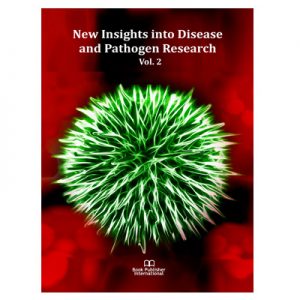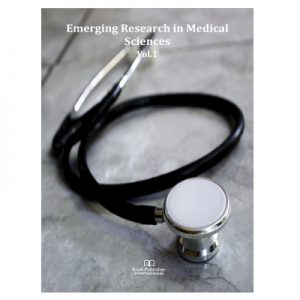A typical calm ambience floated about the office in precise harmony with the mild breeze outside on a color-rich early summer morning. Shades of intense green and orange glistened as they bounced off the interior office walls on which were displayed various workflows in attractive animation. The extra-large windows spanning the entire perimeter of the floor space gave way to a magnificent illumination. Decorative lighting completed an amazing picture of this large, shared office.
This was the Pharmaceutical Development Function, located on the third floor of the Drug Discovery Facility at AstraZeneca’s Macclesfield site. A beaming Dr. Andy Brookes, my industry supervisor, entered the office.
“Good morning, Jonans! I suppose you had a great weekend.”
“Good morning, Andy! The weekend was great, indeed. But I nearly missed the planned walk to Alderley Park.”
I had just been accepted to work at AstraZeneca as a summer intern. A week or so previously, I had successfully completed my taught courses on the MSc. Pharmaceutical Analysis program at the University of Strathclyde. The summer placement was the culmination of a highly competitive process that had seen several postgraduate students such as myself all over the United Kingdom compete for just three placement slots offered.
In the months that followed, from May to August 2012, I spent memorable weeks in Pharm. Dev., shifting between the highly secured TPW and chromatography laboratories, carefully setting up runs on the TPW for sample prep, and then onto the HPLC/UPLCs, and finally monitoring the separations remotely on my office desk. Then, analyzing each set of data acquired, I would add a new piece to the algorithm’s puzzle.
During the application process, we were informed that the three placement projects were in liquid chromatography, mass spectrometry and organic synthesis. We did not need to indicate our choices, but these would be made for us based, presumably, on how we performed during the interviews. However, even at that point, I thought I would fit best in chromatography although I was a strong admirer (and still I am) of mass spectrometry, having recently read the story of the development of the Orbitrap mass analyser by Alexander Makarov.
The chromatography project appealed to me mainly because the task involved developing algorithms, known simply as decision trees, to enable wider application of the TPW in the analysis of solid drug formulations. The TPW, which was then in its third generation, was expected to increase laboratory analytical throughput, leading to precious time and cost savings, as well as minimizing human errors. However, as methods on the TPW needed to be customized to meet the individual formulation specifications, far too much time was being spent on method development. Therefore, a more robust approach was needed to permit faster development of analytical methods. As I read through the options for the placement, I thought this would be a perfect fit for me.
As it turned out, I was not only selected among the three candidates to undertake the placement but I was also assigned to work with Dr Andy Brookes on the TPW project. This was a moment of extreme excitement for me—a period of great inspiration. It will be apparent throughout this book that the successful development of decision trees needed a complete understanding of not just theoretical chromatography, but also the physicochemical principles of drugs and the inner workings of the TPW. Moreover, the hypotheses generated needed testing, and for this, a thorough understanding of statistics was required, particularly the design of experiments (DoE) approach. The DoE approach enabled the computation of model designs for screening experiments that offered an appropriate experimental space in order to test the suitability, reproducibility, and sample scope of the generic methods developed. Additionally, a protocol for robustness testing was needed to check and ensure the stability of the TPW over the course of the analysis under different operating conditions. This would offer much-needed confidence and trust to the users.
It is my hope that readers will find this short book, and the discussions presented herein, a valuable addition to their reading resources for liquid chromatography and the TPW.





